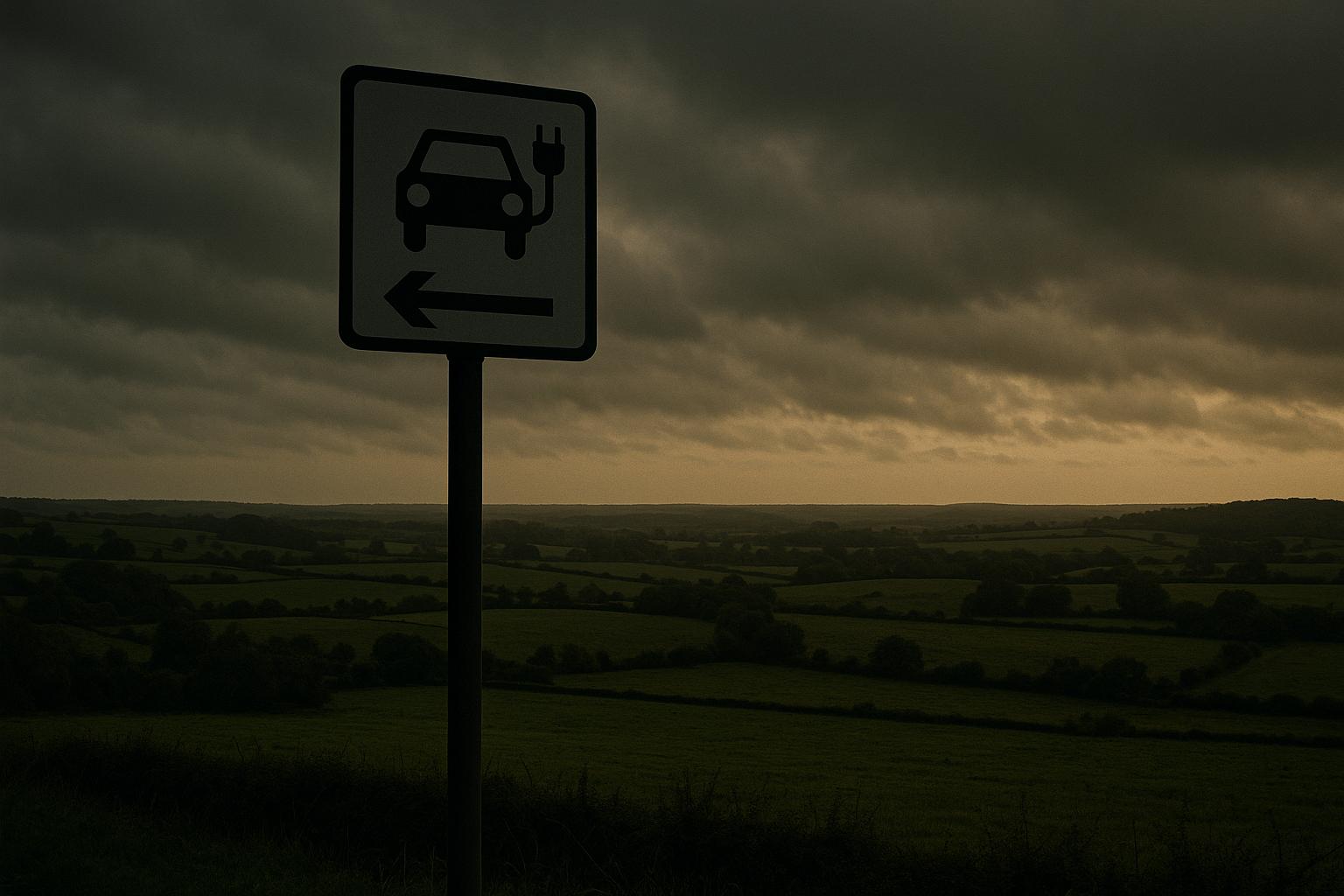The electric vehicle (EV) revolution in the UK is progressing rapidly but with a stark divide that leaves poorer families trailing well behind their wealthier counterparts. Data from the Driver and Vehicle Licensing Agency (DVLA) reveals that drivers in affluent areas of central London are roughly 50 times more likely to have switched to electric cars compared to those in less wealthy and more remote regions. In fact, among the 10 postcodes with the highest uptake of EVs, all of them are located in London, with some areas boasting electric vehicles in one out of every ten privately owned cars.
Outside London, other cities such as central Glasgow, Edinburgh, and Cambridge have seen relatively higher proportions of EV ownership. Conversely, large parts of cities like Birmingham, Middlesbrough, Leeds, and Hull are among the areas with the fewest electric cars, with only one in every 500 vehicles being battery-powered. This uneven distribution is influenced by several factors, including the much higher cost of electric cars, typically around £46,000 for a new model, which is more than double the cost of a conventional petrol or diesel vehicle. Even used EVs tend to be significantly pricier, with average prices 34% higher than secondhand petrol or diesel cars.
The heightened uptake of EVs in London is further boosted by policy measures such as the £15-a-day congestion charge and the £12.50 Ultra Low Emission Zone (ULEZ) fee, neither of which applies to electric vehicles. The city also benefits from a dense and expanding public charging infrastructure, boasting the highest number of charging points per capita—262.6 devices per 100,000 people—according to government data released in April 2025. This charging network is a critical enabler for EV adoption, especially in urban environments where off-street parking and home charging options might be limited.
Outside London and other urban centres with established charging infrastructure, the challenges mount. Rural and less prosperous areas often require longer journeys, which current EV range limitations and lack of fast-charging options can complicate. Additionally, households without off-street parking face practical difficulties in charging electric vehicles, further discouraging uptake. These barriers create a "us and them" situation, as described by James Ruppert from Free Car Mag, where affordability and infrastructure access delineate the EV transition.
The disparity in electric vehicle adoption is also mirrored in city fleet data. For example, Bristol leads the way with 44.5% of its fleet electrified, whereas Transport for London’s fleet reportedly has only 3.2% EVs. This points to an uneven embrace of electric vehicles even within public sector and corporate fleets, further underscoring regional divides.
Nationally, surveys such as PwC’s 2025 eReadiness report indicate a positive trend overall, with the UK rising to fifth place among European countries for EV adoption. The survey cites the reinstatement of government grants, expanding affordable model options, price reductions, and improved charging infrastructure as key drivers. Notably, 70% of UK respondents expressed intentions to purchase an EV within five years, although concerns remain around cost and vehicle performance, highlighting persistent barriers to wholesale adoption.
Regional variations are also notable, with London accounting for 13% of all UK electric cars, the South East 12%, and the East 11%. Scotland, despite high readiness for EV adoption, contributes only 6% of the UK’s electric vehicle stock. Other regions such as Merthyr Tydfil, Barrow-in-Furness, and Hyndburn have some of the lowest EV ownership figures, emphasizing the geographic disparities in the electric transition.
Research confirms a strong correlation between household income and EV uptake, compounded by the availability of charging infrastructure. Wealthier households with sufficient disposable income and easy access to charging facilities are far better positioned to switch to electric vehicles, while poorer families navigate a landscape of higher costs, inadequate infrastructure, and practical challenges linked to longer travel distances.
The electric car revolution in the UK, though advancing, thus highlights a significant socio-economic and geographic divide, with policy incentives, investment in charging infrastructure, and affordable EV options all needed to ensure a more equitable transition to sustainable transport.
📌 Reference Map:
- Paragraph 1 – [1], [7]
- Paragraph 2 – [1], [4], [7]
- Paragraph 3 – [1], [6]
- Paragraph 4 – [1], [7]
- Paragraph 5 – [3]
- Paragraph 6 – [2]
- Paragraph 7 – [5], [4], [7]
Source: Noah Wire Services
